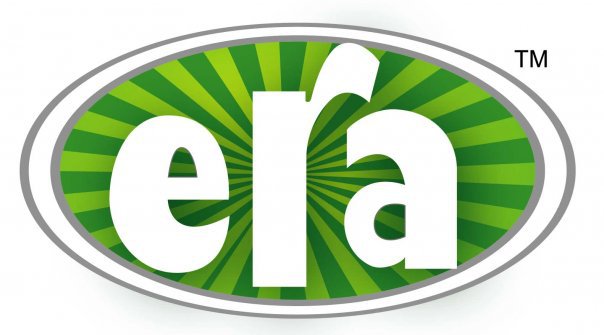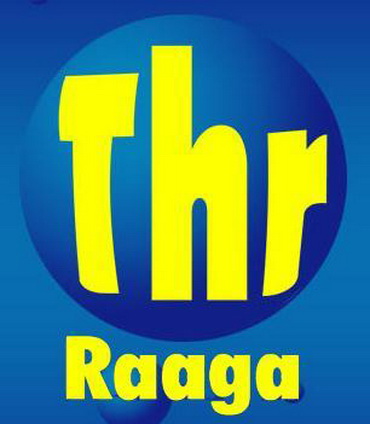Back in my secondary school days, I was so sad that my school did not offer the Literature in English for SPM. It is funny how my teachers used to talk on the importance of English in Malaysia today and that getting an A1 (not A+ yet) for the subject is not enough. If that is true, then why didn't they introduce this subject? Maybe it was because my school was, and still is, a full-fledged science stream school. However, having minored in literature at university, I find that it has helped me explore territories that I never dared to face before. Literature taught me to be outspoken and to become an active learner rather than a passive one that just listens to lectures. This fed into my natural inquisitive and curious nature. As a film and novel lover, I came to like literature very easily as well. Enough about me. This is the current literary texts and examination format that is applicable until the year 2010, though I hear it is still used until today.
LIST OF LITERARY TEXTS
Novel
Fahrenheit 451 (Ray Bradbury)
Fasting, Feasting (Anita Desai)
Holes (Louis Sachar)
Drama
Julius Caesar (William Shakespeare)
The Lion and the Jewel (Wole Soyinka)
An Inspector Calls (J.B. Priestly)
Short Story
Naukar (Anya Sitaram)
Cinderella Girl (Vivien Alcoc)
The Landlady (Roald Dahl)
A Common Story (Kassim Ahmad)
Neighbours (Robert Raymer)
Harrison Bergeren (Kurt Vonnegut Jr. )
Poetry
Theme: Relationships
Tonight I Can Write (Pablo Neruda)
Ways of Love (Chung Yee Chong)
A Prayer for My Daughter (Yeats)
The Way Things Are (Roger McGough)
For My Old Amah (Wong Phui Nam)
How Do I Love Thee? (Elizabeth Barret Browning)
Theme: Perceptions of Self
Birches (Robert Frost)
I Am (John Clare)
This Is A Photograph of Me (Margaret Atwood)
Waiting to Go On (Hugo Williams)
Daring Tears (Craig Romkema)
The Traveller (Muhammad hj Salleh)
Theme: Conflicts
Dulce et Decorum Est (Wilfred Owe)
The Man He Killed (Thomas Hardy)
Death of A Rainforest (Cecil Rajendra)
The War Against Trees (Stanley Kunitz)
A Quarrel Between Day and Night (Omar Mohd Noor)
"Crabbed age and youth cannot live together "(Shakespeare)
EXAMINATION FORMAT
Candidates will be asked to choose one question from each component (novel/drama/short story/poem).
Section A:
There are 6 short stories to be studied. Only 4 will be selected for testing each year. Each short story will be tested individually but the candidate is required to answer ONE out of the four questions.
Section B:
There are 3 novels to be studied. All 3 will be selected for testing each year. Each novel will be tested individually but the candidate is required to answer ONE out of the three questions.
Section C:
There are 3 plays to be studied. All 3 will be selected for testing each year. Each play will be tested individually but the candidate is required to answer ONE out of the three questions.
Section D:
There are 3 themes to be studied. All 3 themes will be selected for testing each year. Each theme will be tested individually but the candidate is required to answer ONE out of the three questions.
Candidates may answer more than one question for each component. The examiner will chose the highest mark the candidate has attained for ONE question. A single question comprises of three sub-questions. They are to be considered as a whole and not to be counted as separated questions. No extra marks will be given for any additional answers. No extra marks will be awarded beyond the maximum marks cited.Illogical/irrelevant information may be ignored by the examiner.
Section A: Short Stories [25 marks]
I. Text Comprehension. (Maximum of 5 marks)
1. First point given.
2. Appropriate supporting information given.
3. Second point given.
4. Appropriate supporting information given.
5. Third point given.
6. Appropriate supporting information given.
7. Overall understanding.
8. Language. (None of the common mistakes as stated.)
II. Plot Expansion. (Maximum of 8 marks)
1. Basic description correctly given based on the short story.
2. First point given.
3. Appropriate supporting information given.
4. Second point given.
5. Appropriate supporting information given
6. Third point given.
7. Appropriate supporting information given.
8. Fourth point given.
9. Appropriate supporting information given.
10. Overall contribution of stated event/incident/occurrence/etc to the plot.
11. Writing techniques used by author given.
12. Language. (None of the common mistakes as stated.)
III. Evaluation and Understanding with Reference to the Text. (Maximum of 12 marks)
1. First point given based on story.
2. Appropriate supporting information given.
3. Second point given based on story.
4. Appropriate supporting information given.
5. Third point given based on story.
6. Appropriate supporting information given.
7. Fourth point given based on personal ideas.
8. Appropriate supporting information with reference to the text.
9. Fifth point given based on personal ideas.
10. Appropriate supporting information with reference to the text.
11. Sixth point given based on personal ideas.
12. Appropriate supporting information with reference to the text.
13. Overall understanding.
14. Language. (None of the common mistakes as stated.)
Section B (Novel), Section C (Drama), and Section D (Poetry) are all worth 25 marks each as well. The guidelines for answering are more or less the same as in Section A.
Links to short stories:
Neighbours
http://missymacy.me/wp-content/uploads/2012/07/neighbours.pdf
The Landlady
http://missymacy.me/wp-content/uploads/2012/07/thelandlady.pdf
Harrison Bergeron
http://missymacy.me/wp-content/uploads/2012/07/harris.pdf
Cinderella Girl
http://missymacy.me/wp-content/uploads/2012/07/cinderella.pdf
Naukar
http://missymacy.me/wp-content/uploads/2012/07/naukar.pdf
Link to past years' Literature in English SPM papers:
http://hsp.myschoolchildren.com/literature-in-english-spm-2013-lpkpm/




























.jpg)






























